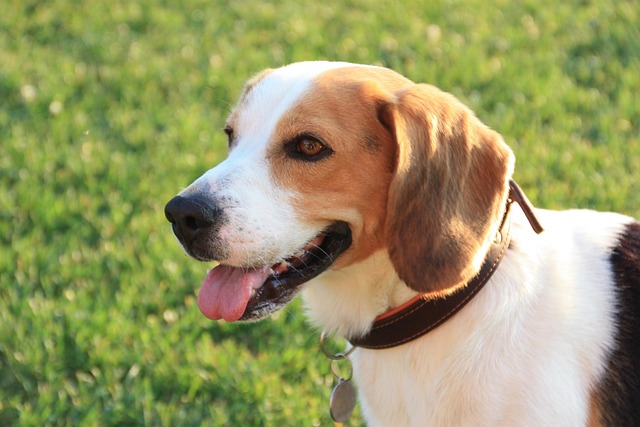
What is glaucoma in a dog?
You might notice your dog squinting more at mealtime or avoiding bright sunlight—these small changes could be early signs of a serious eye condition.
I sat on the exam room floor with my neighbor’s 2-year-old German Shepherd, Kona, as the vet pointed to the X-ray: his hip joints looked like puzzle pieces that didn’t quite fit, the ball and socket grinding instead of gliding smoothly. “Hip dysplasia,” she said. My neighbor’s voice wavered: “Can he ever run again?” The answer isn’t “fixed” in the sense of erasing it, but with care, most GSDs with hip dysplasia live happy, active lives—they just need a little help moving comfortably.
Hip dysplasia in German Shepherds (a breed prone to it due to genetics) happens when the hip joint doesn’t form properly, so the ball slips out of the socket over time. It’s not “caused” by jumping or running—it’s in their genes, though rapid growth (from overfeeding) can make it worse. Kona’s hips started causing pain at 18 months: he hesitated to climb stairs, and after long walks, he’d lie down with a low whine. A vet in Denver explained it’s like wearing shoes that are two sizes too small—eventually, every step hurts. But unlike shoes, we can’t just swap out hips—we manage the pain and slow the damage.
Start with weight control: even 5 extra pounds strains Kona’s hips, so stick to measured meals (no table scraps). Low-impact exercise works best—swimming (if you can find a dog pool) or slow, 20-minute walks on soft grass. My cousin’s GSD, Max, does “stair therapy”: 3 slow steps up, 3 down, daily, to strengthen the muscles around his hips. Vets often recommend glucosamine supplements (think “joint vitamins”) and anti-inflammatories for bad days. For severe cases, surgery (like a “hip replacement”) exists, but it’s pricey and best for young dogs with intense pain.

In apartments, avoid slippery floors—put rugs by his bed so he doesn’t slip. When greeting guests, ask them not to encourage jumping (a common trigger for pain). Always carry poop bags (Denver fines $100+ for slacking) and keep his rabies vaccine current—even less active dogs need it. Never force exercise if he’s limping, and skip punishment for “being slow”—positive reinforcement (praising him for taking stairs) keeps his spirits up.
By autumn, Kona was trotting to the park again, though he stops to rest more. His tail still wags when he sees other dogs, and that’s the goal: not “fixing” his hips, but letting him enjoy life despite them. With patience, your GSD can too.

You might notice your dog squinting more at mealtime or avoiding bright sunlight—these small changes could be early signs of a serious eye condition.

Let’s set the scene: It’s a sweltering Phoenix afternoon—105°F outside—and you rushed your 2-year-old Lab mix, Cooper, on a quick walk to “get it over with.”

Let’s get real: You’re in your Miami apartment, watching your 3-year-old Corgi, Loki, struggle to climb the stairs to your second-floor unit.

Many dog owners brush off occasional scratching as just “dog behavior,” but persistent itching often signals something more—like a food allergy.

You might first notice your dog scratching more than usual—chewing at their paws until the fur looks thin, or rubbing their face against the couch nonstop.

Let’s be real: You’re standing in your Chicago apartment, watching your 3-year-old Beagle, Max, huff and puff just to climb onto the couch.